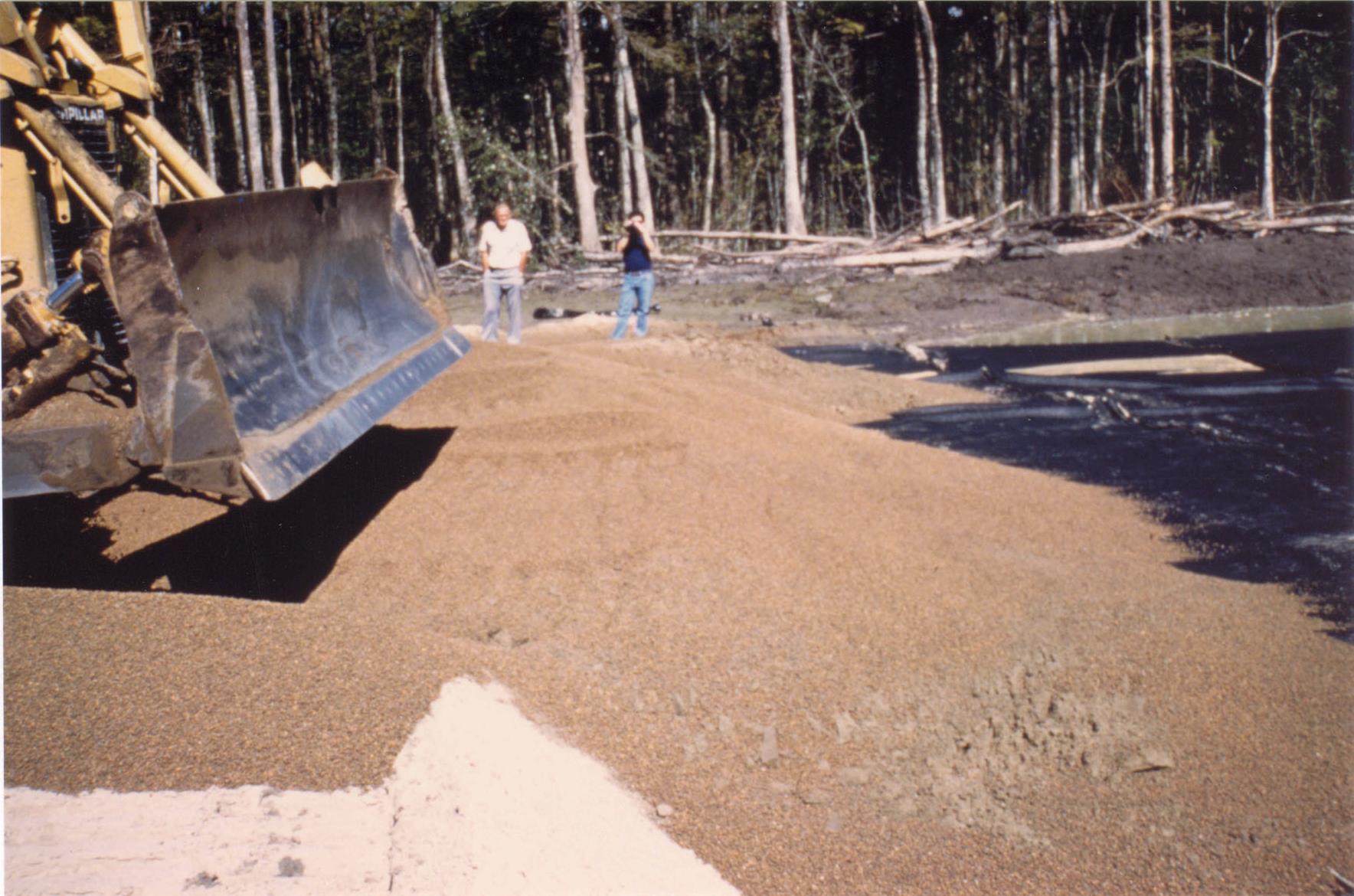
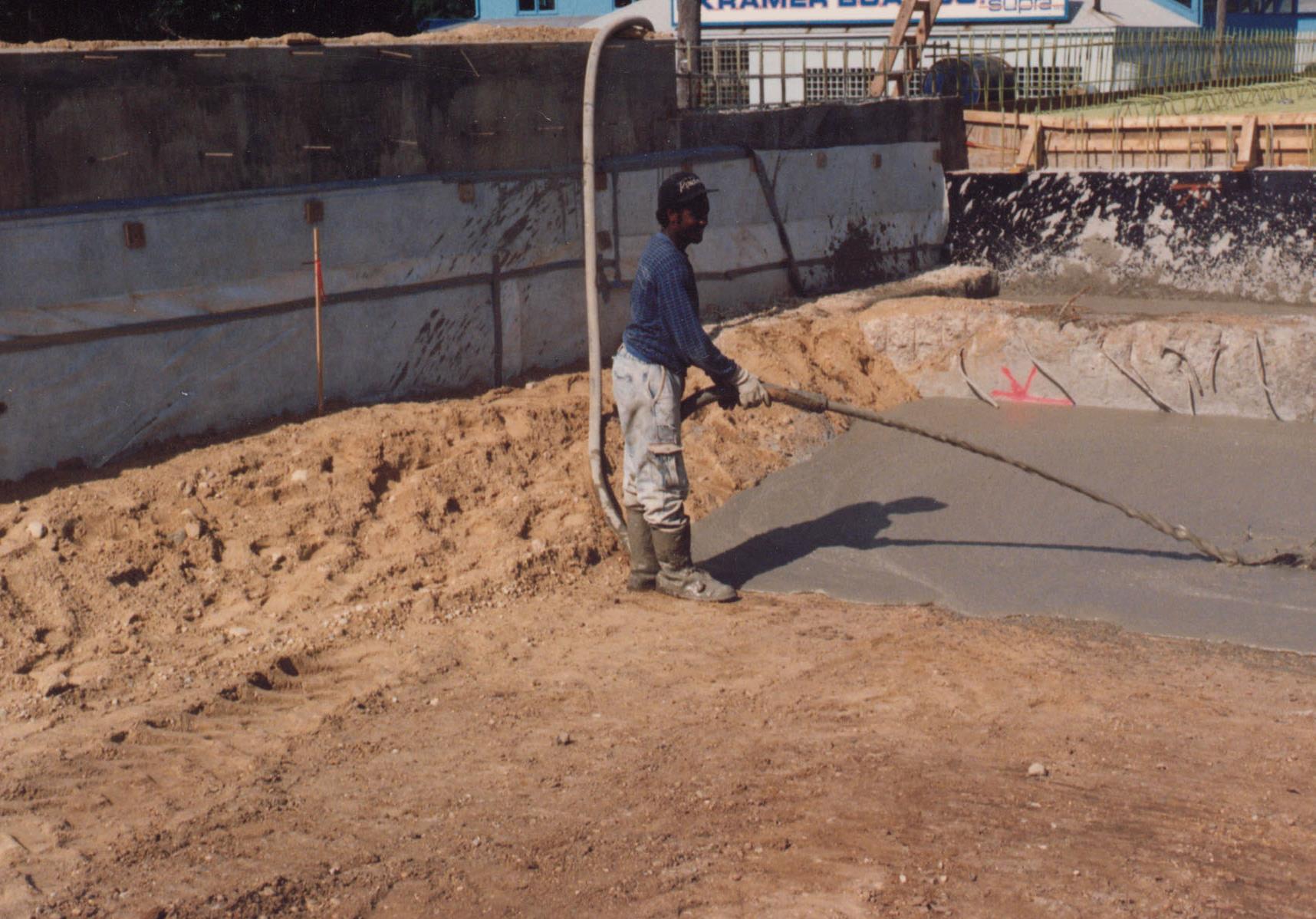
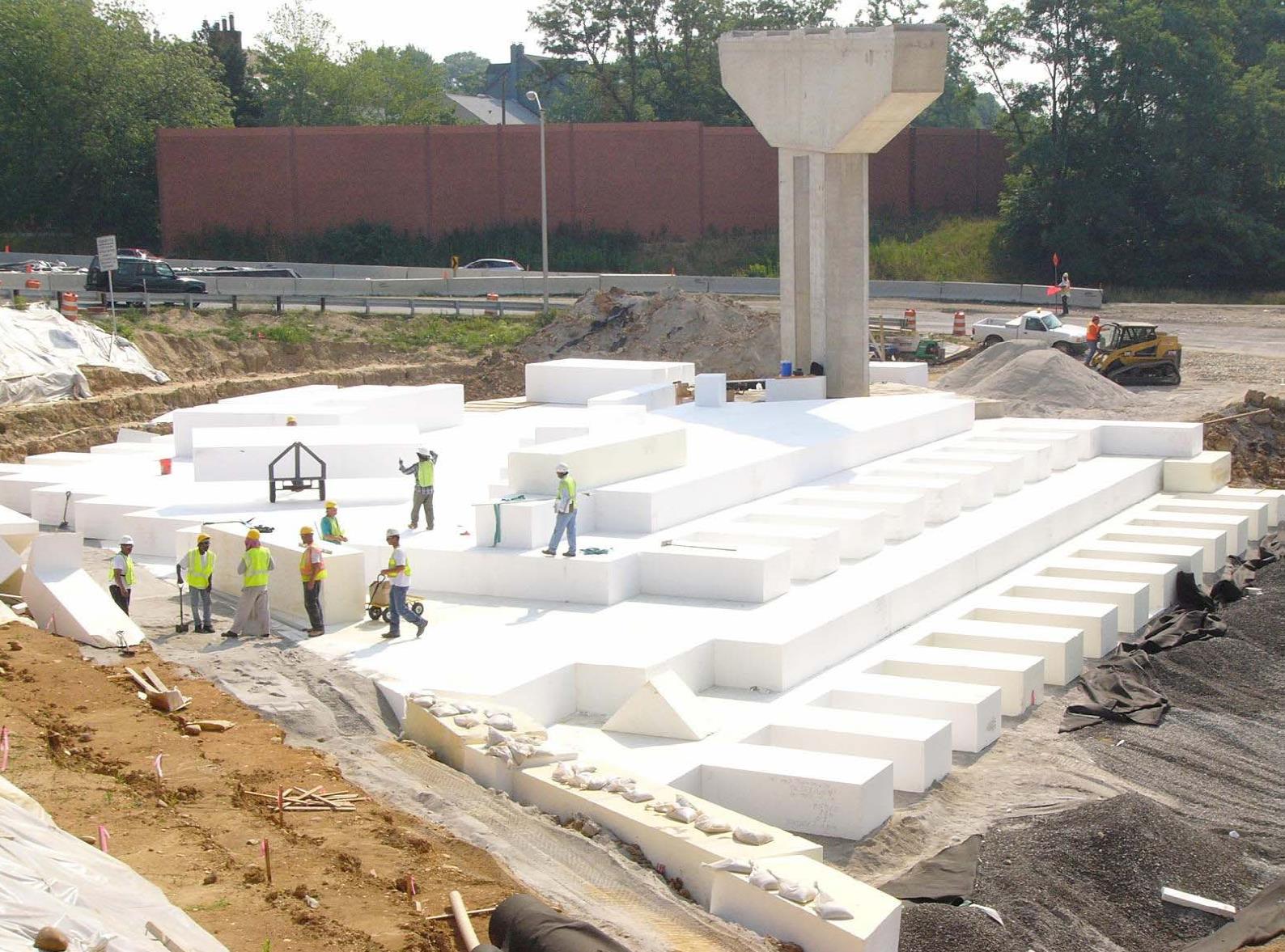
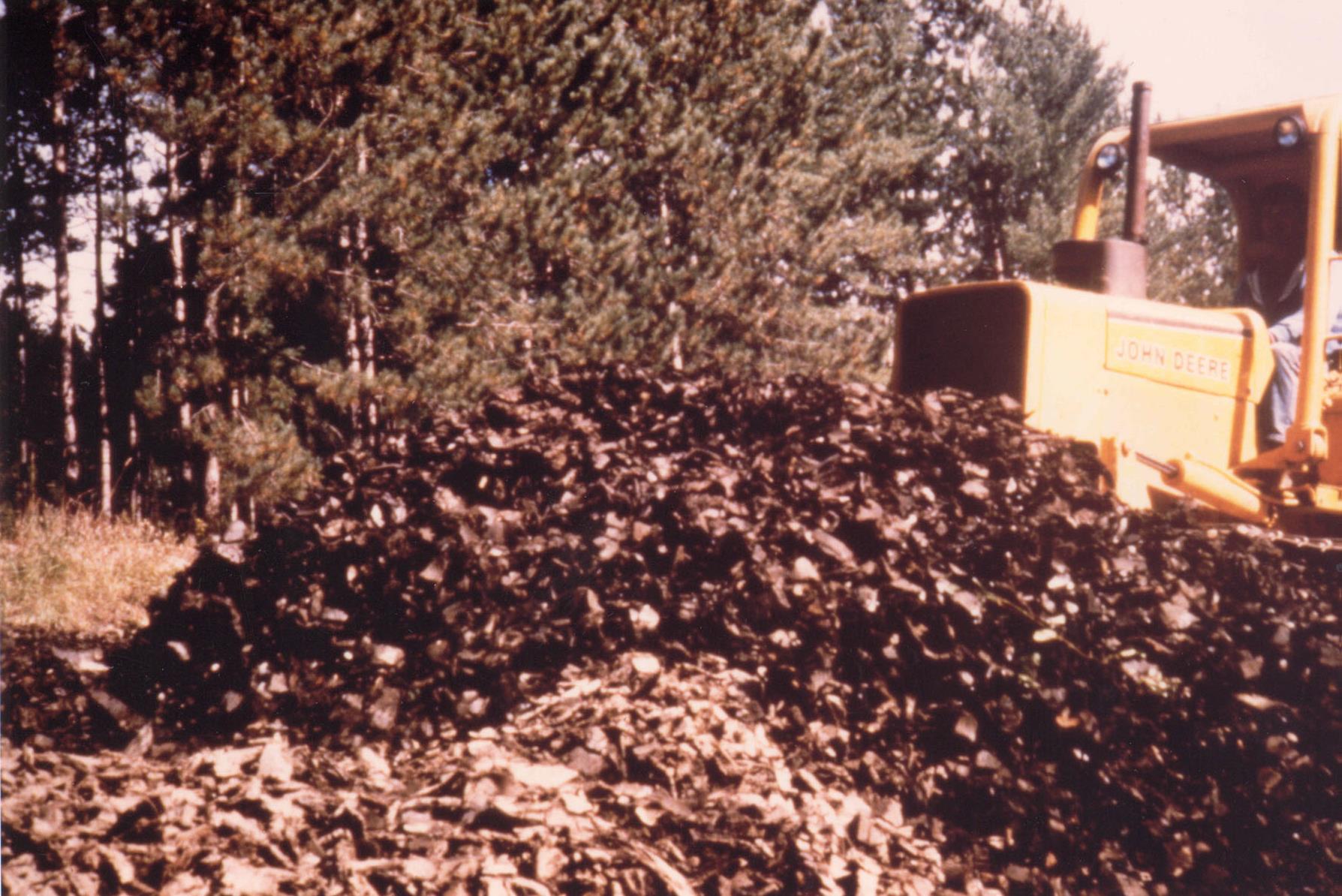
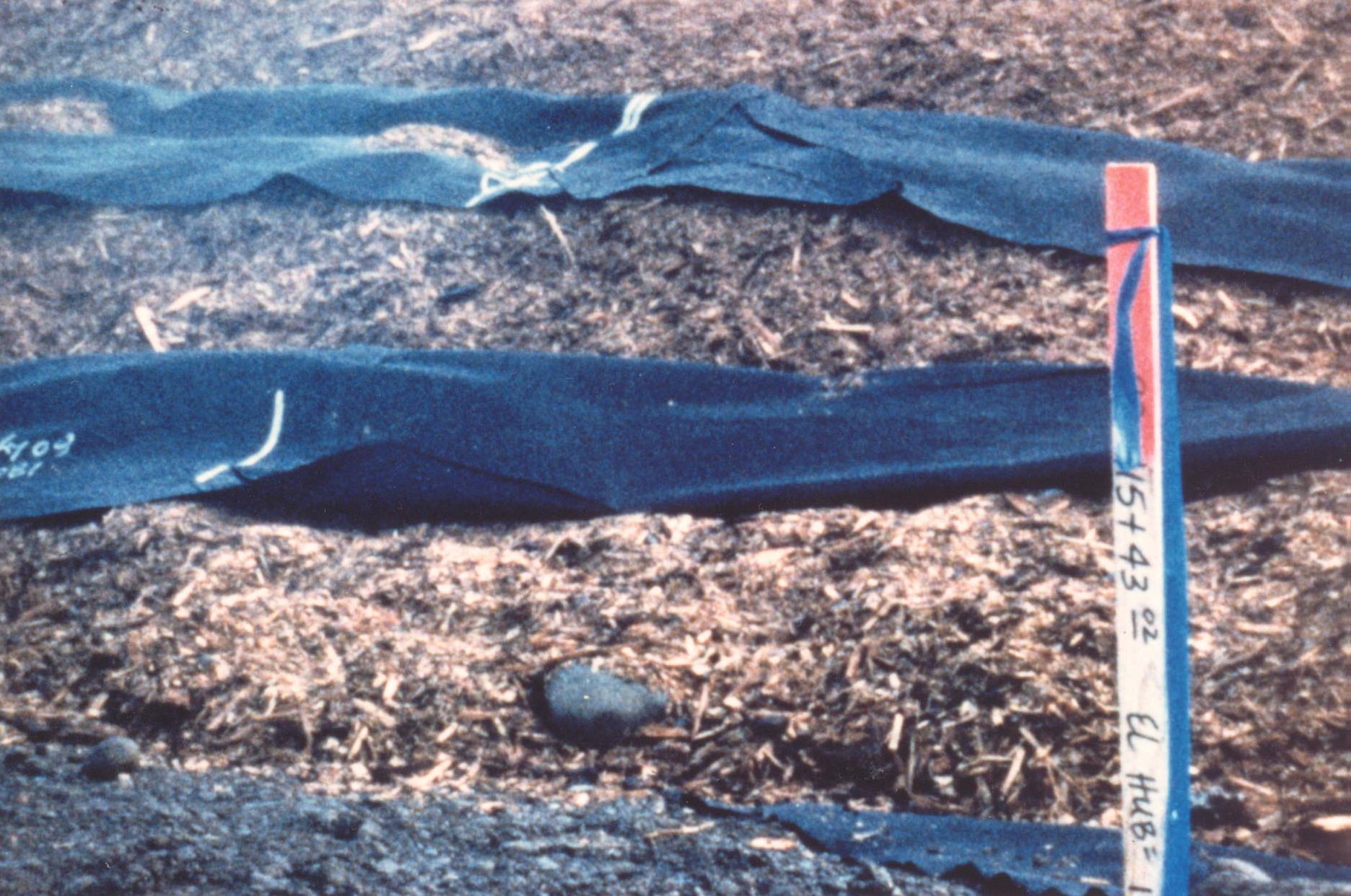
<p><p><figure id='attachment_1500' style='max-width:865px' class='caption aligncenter'><img class="wp-image-1500" src="https://www.geoinstitute.org/sites/default/files/geotech-tools-uploads/…; alt="Four photographs showing various lightweight fill materials. Upper left is geofoam. Upper right is tire shreds. Lower left is cellular concrete, often called foamed concrete. Lower right is expanded shale being spread out over a geotextile." width="865" height="645" /><figcaption class='caption-text'> Various lightweight fill materials. Upper left is geofoam. Upper right is tire shreds. Lower left is cellular concrete, often called foamed concrete. Lower right is expanded shale being spread out over a geotextile.</figcaption></figure></p><p>A lower unit weight of fill is used for roadway embankment construction and for other applications in combination with other technologies to reduce the magnitude of applied load and seismic horizontal forces so that the total embankment settlement can be reduced and stability can be increased. Advantages include accelerated construction, reduced structural requirements for resisting lateral loads, reduced settlement and stability problems, and suitability for wide variety of projects. This technique is applicable to embankments on soft soils and embankment widening.</p><p>Lightweight fill technology refers to six different categories of lightweight fill materials:<br><ul> <li>Aggregate (includes pumice, scoria, Expanded Shale, Clay & Slate (ESCS), and slag)</li> <li>Cellular concrete (something referred to as foamed concrete)</li> <li>Fly ash</li> <li>Geofoam</li> <li>Shredded tire (sometimes referred to as Tire Derived Aggregate (TDA))</li> <li>Wood fiber</li></ul>
